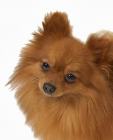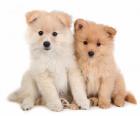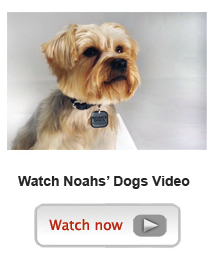Pomeranian
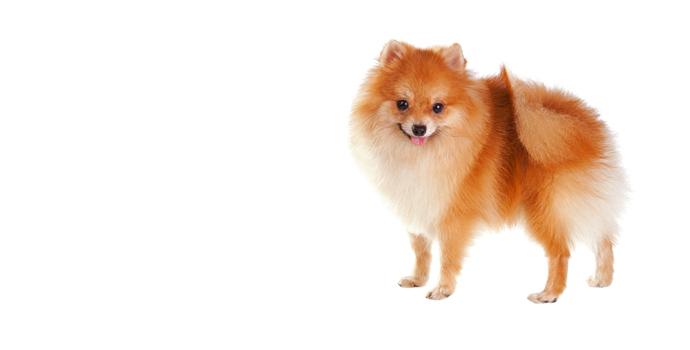
In my own words
“I might look small and cute, but I’m tougher than you’d think!”
They say you should never judge a book by its cover and when it comes to me, the saying has never been truer! Sure, I look like a tiny little fox, all cute and full of fluffed up fur; I look like butter wouldn’t melt in my mouth but do you want to know a secret? I’m just as tough as those big dogs you see at the park! I have no problem squaring up to them, they don’t scare me one bit! My human says she has to keep me on a leash because I’ll get into trouble with the big dogs, but really I think they’d be the ones in trouble. I’ll show ‘em!
I’m really keen to protect my humans and I’m sure to raise the alarm with a whole load of barking whenever I sense trouble. Alright, so I also let everyone know when the post arrives, the doorbell rings or the wind blows a door shut, but what can I say? I have a voice and I know how to use it!
At the end of the day, there’s nothing better than cuddling up with the family. I’m a real softie at heart and when I’m not barking or picking fights with Great Danes, I like to stay close to you and indulge in plenty of snuggle time. Now, that’s the life!
My ideal owner(s)
Single people
Senior citizens and retirees
City folk and people who live in apartments
People with a sedentary lifestyle
What they say about me
Fluffy and cute
Eager to please
Affectionate and loving
Can be bossy if allowed
Loyal
Good watchdog
Please read on to find out more about me, and whether I’ll be someone you’ll be happy to live with for the next 15 years!
Is this Pomeranian for you?
Test your knowledge about the Pomeranian
Information essential about the Pomeranian
Kennel Club Group:
Toy
Size:
Small: Weight Male 3 – 7 lb (1.5 – 3 kg) Female 3 – 7 lb (1.5 – 3 kg)
Height Male 8 – 11” (20 – 28 cm) Female 8 – 11” (20 – 28 cm)
Popularity:
The Pomeranian was popular in Victorian England, but during this time the breed decreased in size significantly – by nearly half. The smaller sized dog became even more popular and the first Pomeranian club was set up in 1891. The breed has continued to grow in popularity ever since, and was particularly loved by wealthy women who wanted a small, dainty and pretty companion dog. Of the three dogs which survived the sinking of the Titanic in 1912, two of them were Pomeranians and were saved by their female owners in first class. The breed continues to be extremely popular in the modern day and is a much loved lap dog for people from a wide variety of backgrounds.
Breed History:
The Pomeranian originated from larger Spitz dogs from Russia and Siberia. Though Spitz type breeds are usually much larger than the toy sized Pom, the Pomeranian was originally around twice as large as they are today. Paintings from the 18th and 19th Centuries show depict Pomeranians as a larger breed than they are now. They were originally used as large herding dogs, particularly in places like Lapland.
When Queen Victoria came to the throne in England, Pomeranians were already a fairly popular breed. However, after the queen herself set up a kennel for her favourite dogs and included a red sable Pomeranian called ‘Windsor’s Marco’, the breed became even more popular. Windsor’s Marco was a particularly small Pomeranian and as a result breeders began developing much smaller Pomeranians, which led to the breed’s toy size that we know and love today and created a global demand for the Pom.
During the late 19th century, Pomeranians were brought into the United States of America and in 1911 the first American Pomeranian Club show was held. The Pomeranian has been loved in the U.S ever since.
Character:
Your Pomeranian might well be small, fluffy and cute but he has a big personality. Pomeranians are confident, intelligent and active. They are incredibly curious and inquisitive dogs that have a protective nature which makes them good watchdogs – if they sense any trouble or danger they will let off a stream of barks until you pay attention. Your Pomeranian’s protectiveness is due in part to his deep loyalty to his owners and family. He is completely devoted to his owner and loves to be near them; he is affectionate and a wonderful companion yet not a clingy dog as they still enjoy their independence and are happy to spend a bit of time on their own. You can expect your Pomeranian to get on well with all members of your family and other pets, providing they are properly socialised from an early age. However, it is important to teach children that although your Pom is cute and cuddly, he needs space and won’t appreciate being mollycoddled, which can lead to snappy behaviour. Your Pomeranian has no concept of his small size and is totally fearless when it comes to acting aggressively towards much larger dogs, for this reason you should keep him on a leash during walks and outdoors adventures.
Temperament:
Your Pomeranian is an intelligent dog that is eager to please, which means that with the right owner and good training methods he can become a polite, friendly and wonderfully affectionate pet. Their docile and affectionate temperament makes him a fantastic family dog. However, it is very important that you do not baby your Pomeranian as this will lead to Small Dog Syndrome. Allowing your Pomeranian to show dominance over you, simply because he is so small, means the he will become stubborn, demanding, picky and may show unwanted behaviours such as separation anxiety or food guarding. They must see their owners as the pack leaders, so firm but fair training is absolutely necessary. Your Pomeranian also loves to bark and bark, so you must teach him from an early age not to do this excessively.
Conformation:
The Pomeranian is a small, toy dog with a compact frame. The head is wedge shaped and in proportion to the body, while the muzzle is straight and fine. The small, erect, pointed ears and dark, deeply set, almond shaped eyes create a fox-like appearance. The tail should be feathered and curl over the back. The Pomeranian’s coat is a double coat with a soft, thick undercoat and long, straight outer coat which has a coarser texture and a puffy look.
Colour:
The Pomeranian’s coat comes in nearly any colour. However, the most common colours are red, orange, cream, brown or black. White markings may also be prevalent.
Training:
Your Pomeranian is quick to learn, however he’ll need firm commands and consistent training in order to get past his stubborn character. They can be difficult to housebreak, but with a bit of patience and plenty of praise he will get there eventually! It is important to train your Pomeranian from an early age not to bark excessively or he will do so incessantly throughout his life. Your Pomeranian responds well to reward based training and positive reinforcement, rather than harsh or sever training methods.
Care:
Your Pomeranian is a heavy shedder and therefore needs a daily brush in order to reduce shedding and prevent matting and a build-up of dead hair in the undercoat. During brushing, lift and part the top coat in order to reach the undercoat as well. In addition to caring for the Pomeranian’s coat, it is important to also look after their teeth which are prone to tartar. Dry food will help keep the teeth healthy as will regular cleaning.
Health:
The Pomeranian is generally a healthy breed, however they can be prone to a few health issues. Black Skin Disease can be a problem for Pomeranians and is a form of Alopecia which shows as a darkening of the skin. This disease can lead on to further skin disorders and mainly affects males. Pomeranians are also prone to slipped kneecaps, which requires veterinary treatment. Other common health issues include tooth loss and eye problems. The average lifespan of a Pomeranian is 15 years.
You may also like:
Pomeranians and their owners »

If you like Pomeranians, you may be interested in breeds of the same size »
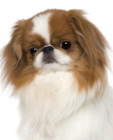
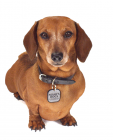

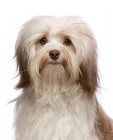
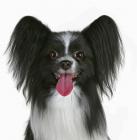
If you like Pomeranians, you may like other breeds with similar characteristics »

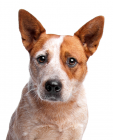
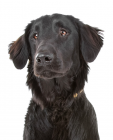
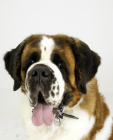
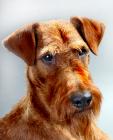
If you like Pomeranians, you may be interested in these other toy dogs »
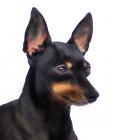
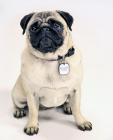

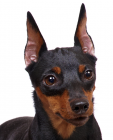

Advice on choosing your breed »
Find an animal shelter or rescue home where a Pomeranian is waiting for a new home »
The following grid gives a fast track review which covers all breeds. You can apply it to help you decide if a Pomeranian is suitable for you, the environment where you live, your personality and your lifestyle. On the grid, 1 = strongly disagree, and 5 = strongly agree. For example, if you are looking for a dog that is suitable for a city apartment, look down the list under ‘environment’ and you will see that Pomeranians are perfect for urban living, scoring 5. If you are looking for a dog that would make a good pet for older people, look under ‘role and suitability’ and you’ll see a Pomeranian would be an excellent choice, also scoring 5. You might like to save or print off this section and keep it for reference while you check some other breeds before making your choice.
Be the first to rate this breed »
|
*PLEASE NOTE: All our breed profiles are general, and all dogs are individuals. Always talk to the breeders and meet the owners you are buying from. Try to meet the dog and its parents if it is a puppy in their home environment.








